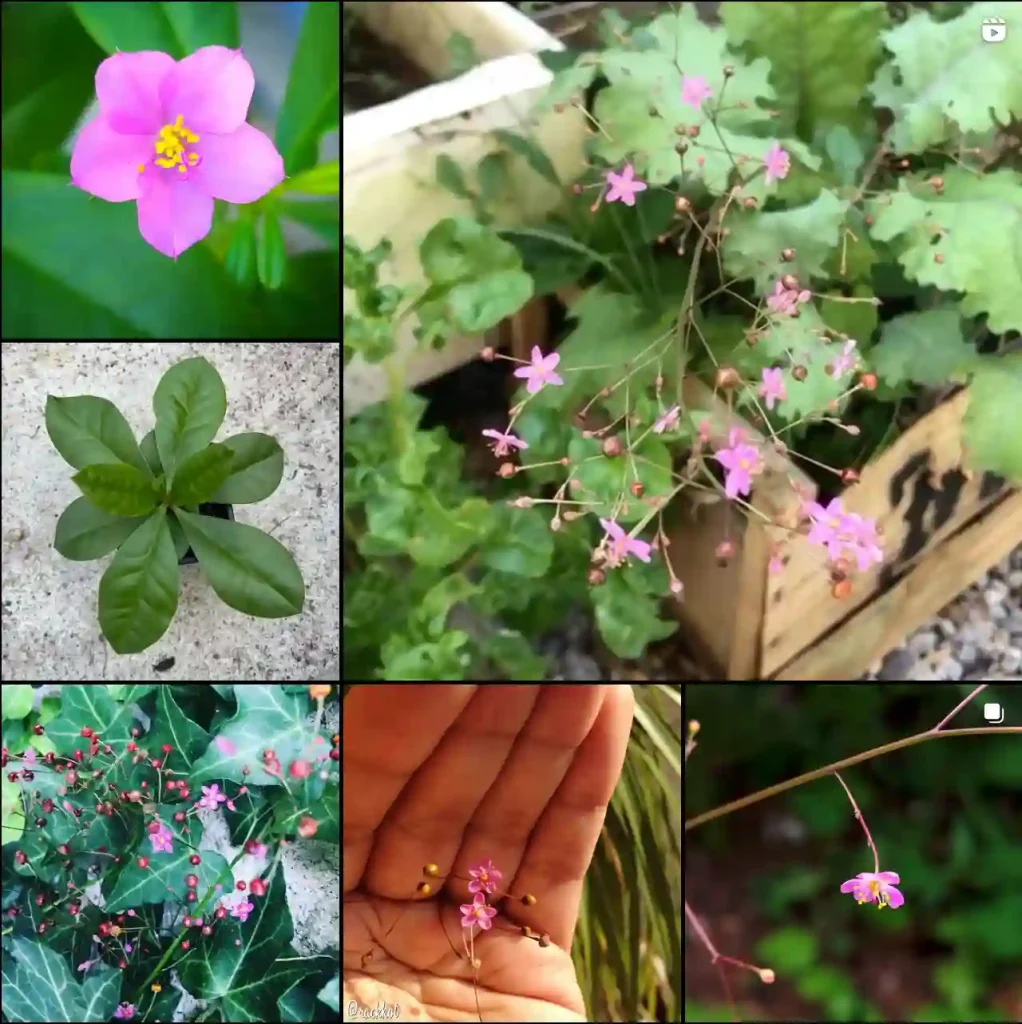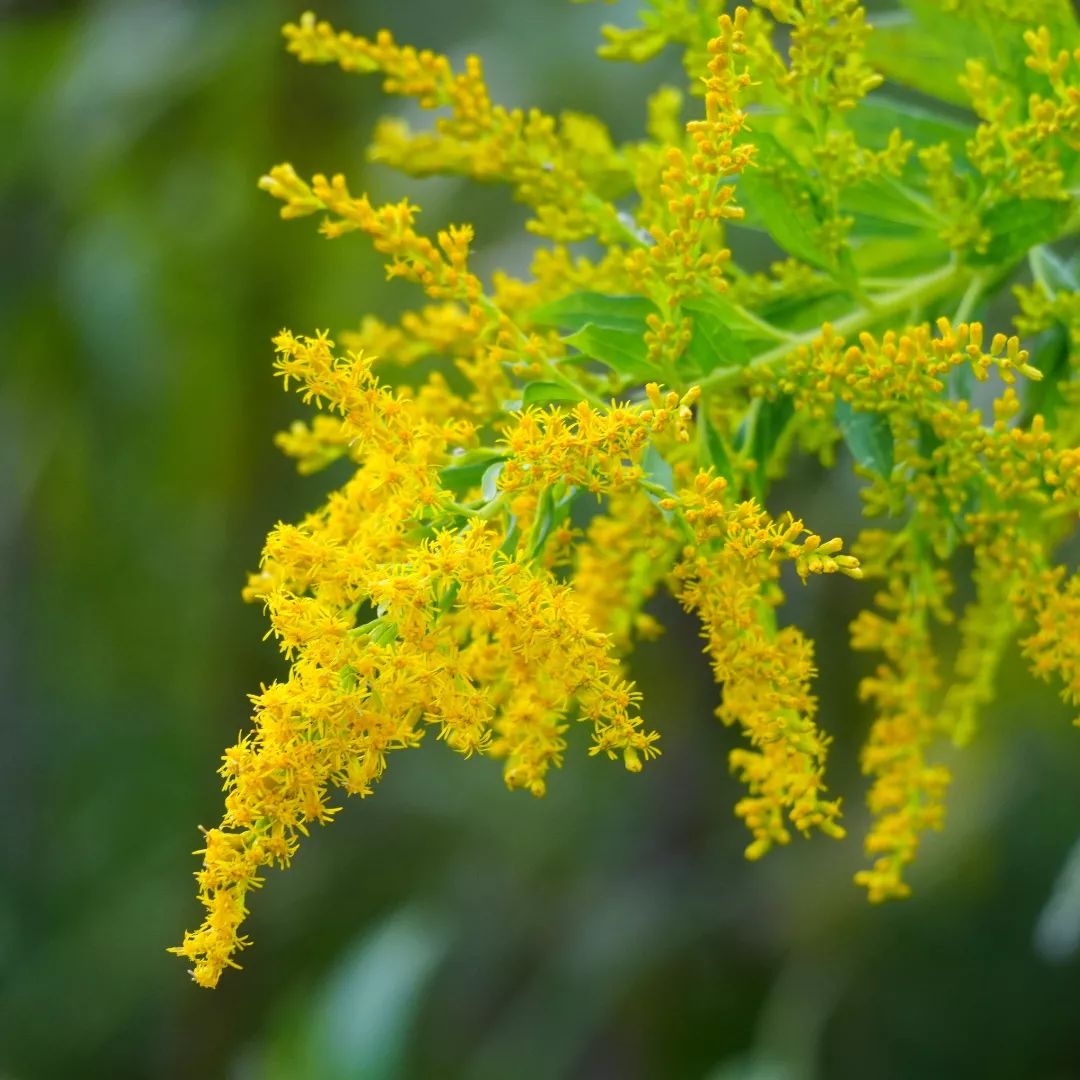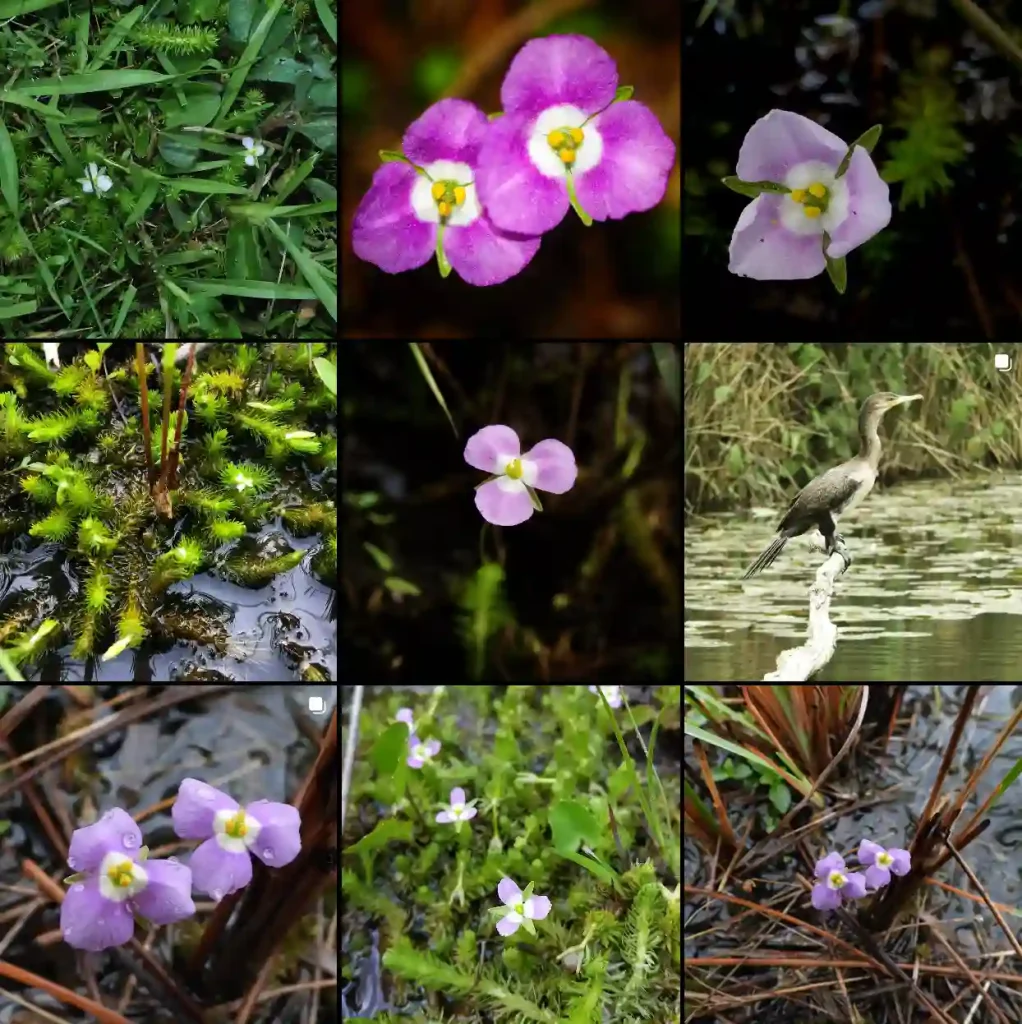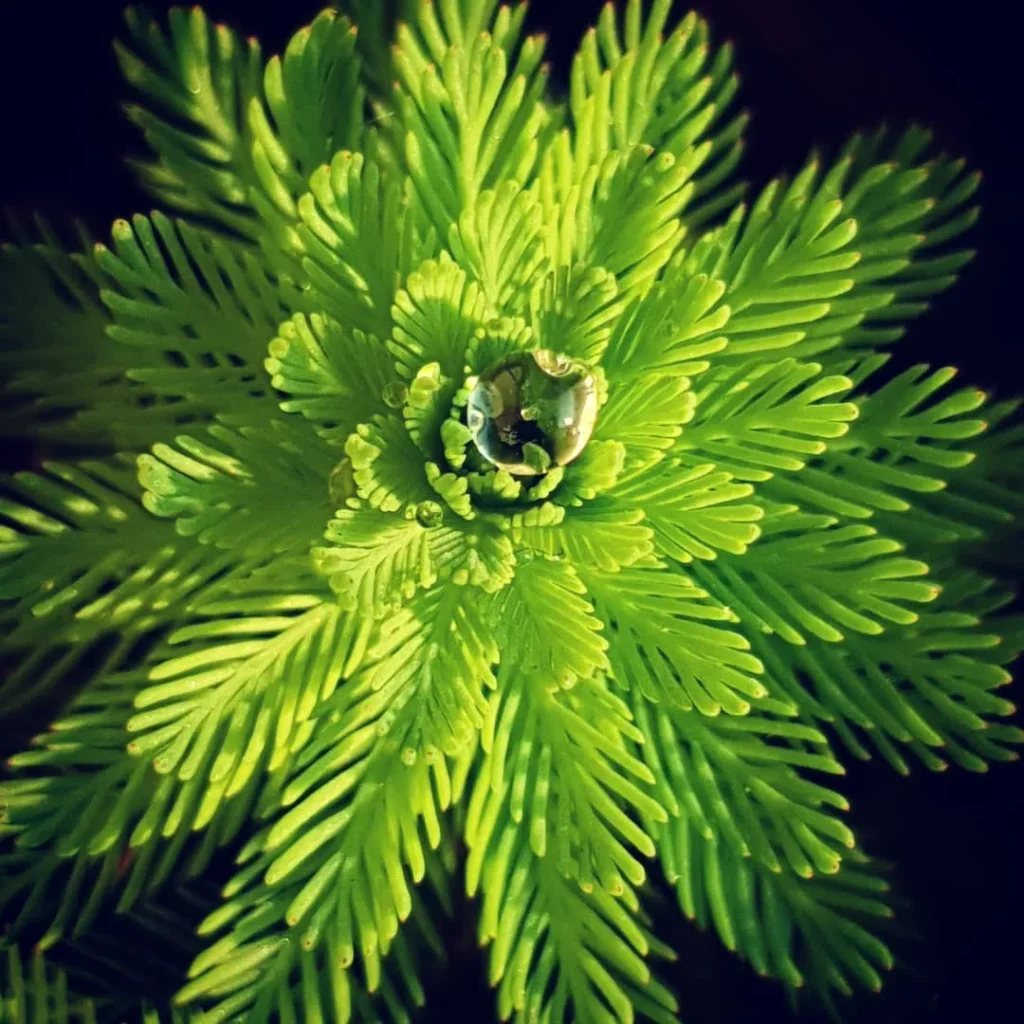FAQs About the Pleioblastus Genus
When I first encountered Pleioblastus, I was drawn to its aesthetic appeal and versatility. As part of the Poaceae family, Pleioblastus brings a strikingly lush and graceful look to gardens, but it also raises several questions. I’ve spent time working with various Pleioblastus species, and in this article, I’ll tackle some of the most frequently asked questions about this bamboo genus, offering insights from my personal experience.
What is the Pleioblastus?
The Pleioblastus genus is a group of dwarf bamboo species native to East Asia. These bamboo plants are popular for their dense growth, making them ideal for ground cover or hedges. The genus includes several species, such as Pleioblastus pygmaeus and Pleioblastus viridistriatus, both known for their attractive foliage and easy-to-manage size.
In my garden, I’ve used Pleioblastus for erosion control and as a decorative ground cover. Their clumping habit helps prevent soil erosion, especially on slopes, while creating a lush, green carpet.
Pleioblastus species
- Pleioblastus altiligulatus S.L.Chen & S.Y.Chen
- Pleioblastus amarus (Keng) Keng f.
- Pleioblastus argenteostriatus (Regel) Nakai
- Pleioblastus distichus (Mitford) Nakai
- Pleioblastus glabrinodus G.H.Lai
- Pleioblastus gramineus (Bean) Nakai
- Pleioblastus guilongshanensis M.M.Lin
- Pleioblastus hattorianus Koidz.
- Pleioblastus hsienchuensis T.H.Wen
- Pleioblastus incarnatus S.L.Chen & G.Y.Sheng
- Pleioblastus kodzumae Makino
- Pleioblastus linearis (Hack.) Nakai
- Pleioblastus maculatus (McClure) C.D.Chu & C.S.Chao
- Pleioblastus matsunoi Nakai
- Pleioblastus nagashima (Mitford) Nakai
- Pleioblastus pseudosasaoides Sad.Suzuki
- Pleioblastus rugatus T.H.Wen & S.Y.Chen
- Pleioblastus sanmingensis S.L.Chen & G.Y.Sheng
- Pleioblastus simonii (Carrière) Nakai
- Pleioblastus solidus S.Y.Chen
- Pleioblastus triangulata (Hsueh f. & T.P.Yi) N.H.Xia, Y.H.Tong & Z.Y.Niu
- Pleioblastus truncatus T.H.Wen
- Pleioblastus variegatus (J.Dix) Makino
- Pleioblastus viridistriatus (Regel) Makino
- Pleioblastus wuyishanensis Q.F.Zheng & K.F.Huang
- Pleioblastus yixingensis S.L.Chen & S.Y.Chen
Pleioblastus vs Fargesia: What’s the Difference?
Comparing Pleioblastus with Fargesia often comes up when discussing bamboo. While both are part of the bamboo family, they have distinct differences. Pleioblastus is known for being a spreading bamboo, which can spread aggressively if not contained. Fargesia, on the other hand, is clumping and much better behaved for smaller spaces.
I’ve found that if you’re looking for a fast-growing ground cover, Pleioblastus is the way to go. However, for a more controlled bamboo that doesn’t take over your garden, Fargesia is a better option.
How to Care for Pleioblastus?
Caring for Pleioblastus is relatively straightforward. These bamboo species thrive in both full sun and partial shade. While they can tolerate a variety of soil conditions, I’ve noticed that they prefer moist, well-draining soil. Regular watering is important, especially during dry spells, to keep the foliage vibrant.
Fertilizing once a year with a balanced fertilizer has helped my Pleioblastus maintain its lush look. In the winter, some species may die back, but they quickly bounce back in the spring. I’ve found them to be hardy and resilient, even after cold winters.
How to Propagate Pleioblastus?
Propagating Pleioblastus is simple and effective through division. In my experience, the best time to propagate is in early spring. Here’s how I do it:
- Dig up a clump of bamboo.
- Carefully separate the rhizomes using a sharp spade or garden knife.
- Replant the divisions in well-prepared soil.
Make sure to water the newly planted divisions well to help them establish. Within a few weeks, you’ll start to see new growth.
Can You Grow Pleioblastus Indoors?
While Pleioblastus is more commonly grown outdoors, some species can be adapted for indoor cultivation. I’ve experimented with Pleioblastus pygmaeus in a large container, placing it near a sunny window. With enough light and regular watering, it has thrived. However, keep in mind that bamboo needs plenty of light to stay healthy indoors, so if you can’t provide that, it’s best to keep it outside.
Is Pleioblastus Toxic?
One of the common concerns is whether Pleioblastus is toxic to pets or humans. The good news is that bamboo, including Pleioblastus, is generally non-toxic. I’ve never had any issues with pets or children interacting with the bamboo in my garden. However, it’s always a good idea to monitor pets to ensure they aren’t eating excessive amounts of any plant.
What to Plant with Pleioblastus?
Pleioblastus pairs well with a variety of plants, particularly those that thrive in similar conditions. I’ve had success planting it alongside Hostas, Ferns, and Astilbes. These plants complement the bamboo’s dense foliage and share its preference for moist, shaded areas.
For a more contrasting look, I like to pair Pleioblastus with Heuchera or Japanese Forest Grass. The difference in texture and color creates an interesting dynamic in the garden.
What are the Benefits of Pleioblastus?
There are many benefits to incorporating Pleioblastus into your landscape. One of the main advantages is its ability to quickly cover large areas. I’ve used it effectively as ground cover in shaded areas where other plants struggled to thrive.
Another benefit is its low maintenance. Once established, Pleioblastus requires little care beyond occasional watering and fertilizing. It’s also a great choice for creating a natural privacy screen.
Common Problems with Pleioblastus
While Pleioblastus is generally hardy, it’s not without its challenges. The most common issue I’ve encountered is its tendency to spread uncontrollably. If you’re not careful, it can invade areas where you don’t want it. Installing a root barrier can help keep it contained.
Another problem is its sensitivity to extreme cold. Some species, like Pleioblastus viridistriatus, can die back during harsh winters. However, this dieback is usually temporary, and the plant regrows in spring.
Can Pleioblastus Grow in Containers?
Yes, Pleioblastus can grow in containers. I’ve grown Pleioblastus pygmaeus in pots with success. Just be sure to use a large enough container to accommodate the spreading rhizomes, and make sure it’s well-drained. Container-grown Pleioblastus can also help control its aggressive growth habit.
Conclusion
The Pleioblastus genus offers a versatile, attractive option for gardeners looking for bamboo with unique qualities. Whether you’re planting it as ground cover, creating a privacy screen, or simply adding a lush green element to your landscape, Pleioblastus brings both beauty and function. Just remember to control its spread if you’re growing it in open ground, and enjoy its low-maintenance charm!
If i die, water my plants!



